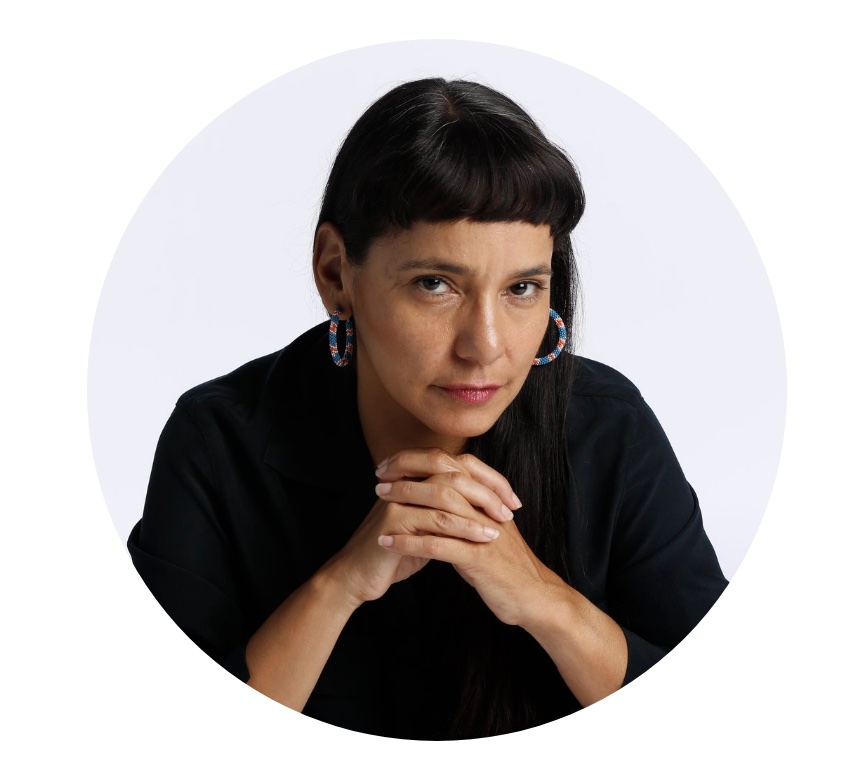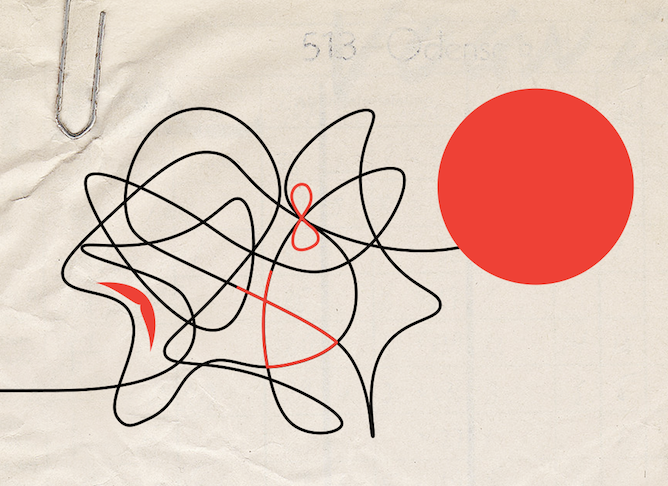“Biography of Go-Won-Go Mohawk” by Seneca performer Rosy Simas
21 April 2023:
Carolina (Carrie) “Go-Won-Go” Mohawk (b. Aug 11, 1860, d. Feb 7, 1924) was a Native (Seneca) performer and playwright who toured her work in the United States and Europe. She was not only known as a playwright but was also known for making costumes, sets, and riding horses in her shows.
I am a Native (Seneca) contemporary dance maker, performer, and transdisciplinary artist who tours my work throughout the United States. I research, generate, direct, and perform my own work. I also build costumes, sets, and installations.
My interest in Go-Won-Go Mohawk arose while researching my great-great uncle (by marriage), Allan Mohawk (b.1822, d.1900). While combing through newspaper articles, census records, and other historical documents, I began to piece together the fact that there were two Allan/Allen Mohawks who were Seneca from the Cattaraugus Indian reservation. The second Allen Mohawk (b.1823, d.1869), was the father of a famousperformer, Go-Won-Go Mohawk. This is how I learned about Go-Won-Go.
As a performer, a former actress, and a Seneca whose family is from the Cattaraugus reservation in NY, I was surprised that I had not heard of Go-Won-Go. There were no family stories, no documents on the Iroquois Genealogy website, and no Seneca communities discussing her online.
As someone in the performing arts who is frequently around scholars and historians, I was surprised that no one had ever brought Go-Won-Go up to me; after all, we are both performing artists who are also Seneca—a very rare thing.
My current and future research on Go-Won-Go will focus on questions that I as a Seneca am uniquely qualified to ask. I am embarking on questions that both are
possible to answer through research and impossible to answer without in-person interaction with someone who passed on almost a hundred years ago.
How did her early embodied experience as a Seneca child, in a household with a Seneca father, and in relationship with other Haudenosaunee people influence her creative life, her acting style, and her way of being in the performing arts world?
Go-Won-Go was known as a “natural”1 and commanding performer. How did her Seneca childhood and inherited sense of knowing who she is, play a part in forming her confidence and straightforward personality?
I will begin my research by creating a timeline of her life, marking it with not just the events in her life but with historical events. Not just basic historical events that any scholar can gain access to, but cultural, political, and societal shifts in the lives of Seneca and Haudenosaunee people during her lifetime, her father’s lifetime, and her ancestor’s lifetimes. I believe this will give me more insight into who and how she was as a person and as an artist.
It is also important to look at how the genocidal practices of the United States government during the Andrew Jackson administration would have impacted Go-Won-Go. And how this may have influenced the content of her work and the context it was performed.
As a performer, a Seneca, and a woman-identified person, I relate to her confidence and also the turmoil that comes from the complexity of being of two worlds, a Native, and a performer in a predominately white person’s world.
Whether she intended to or not, she brought awareness to the world that Native people are sophisticated, intelligent, talented, and beautiful. She shattered stereotypes about Native people that were emphasized by the horrible human zoos in Europe, and the Wild West shows in the United States.
I hope my research will culminate in scholarly and creative work that celebrates and brings more awareness about her life. I hope to share my work with first Senecas, Haudenosaunee, other Native artists, and then the general public.
1 “Miss Mohawk’s acting is natural and realistic and her work at all times is strong. Her
personal magnetism is unusual, and with her proud carriage, the wonderful brilliancy of
her black eyes and hair, and the perfection of her physique it makes her one of the most
remarkable personalities on any stage today. She dominates all the other characters so
greatly in her individuality.” The Kansas City Time, Feb 27, 1898, pg. 14
Author bio:
Rosy Simas (Seneca) is a dance and transdisciplinary artist. Simas’ work weaves themes of personal and collective identity with family, sovereignty, and healing. Simas creates dance work with a team of Native and BIQTPOC artists, driven by movement-vocabularies developed through deep listening.
Simas’ dance works include Weave, Skin(s) and We Wait In The Darkness, which have toured throughout Turtle Island. Simas’ installations have been exhibited at the Seneca Iroquois National Museum, Colorado College, All My Relations Arts, and Soo Visual Art Center.
Simas is a Doris Duke Artist, Native Arts and Cultures Foundation Fellow, Guggenheim Fellow, McKnight Choreography Fellow, Dance/USA Fellow, USA Doris Duke Fellow, a recipient of a Joyce Award from The Joyce Foundation, Native Arts and Cultures Foundation SHIFT award, and multiple awards from NEFA National Dance Project, the MAP Fund, and NPN.
Simas' new work she who lives on the road to war premiered in September 2022 at All My Relations Arts and the Target Studio for Creative Collaboration in the Weisman Art Museum, both in Minneapolis, and will tour Turtle Island in 2023-2024.
Simas is the Artistic Director of Rosy Simas Danse and three thirty one space, a creative studio for Native and BIPOC artists in Minneapolis.


